Art Styles and Movements: Art movements and styles have been an essential part of the evolution of art throughout history. These movements and styles have emerged as a response to various social, cultural, and political changes in society, and they have shaped the way we perceive and understand art. In this article, we will explore some of the most significant art movements and styles that have emerged over the years.
Renaissance (14th-17th centuries)
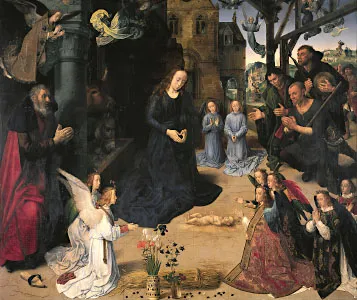
The Renaissance was a cultural movement that started in Italy in the 14th century and spread throughout Europe. It was characterized by a renewed interest in classical antiquity, a focus on humanism, and a celebration of individualism. Renaissance art is known for its realistic depiction of the human form, use of linear perspective, and chiaroscuro (light and shadow) techniques. Famous artists of the Renaissance include Leonardo da Vinci, Michelangelo, and Raphael.
Baroque (17th-18th centuries)
The Baroque period was marked by grandeur, drama, and ornate decoration. It originated in Italy and spread throughout Europe and Latin America. Baroque art is known for its dramatic use of light and dark, elaborate ornamentation, and emotional intensity. Famous Baroque artists include Peter Paul Rubens, Rembrandt van Rijn, and Gian Lorenzo Bernini.
Rococo (18th century)
The Rococo period emerged in France in the early 18th century and was characterized by a focus on elegance, playfulness, and ornamental decoration. Rococo art is known for its delicate brushwork, pastel colors, and depictions of love, romance, and pleasure. Famous Rococo artists include Jean-Honoré Fragonard, François Boucher, and Antoine Watteau.
Neoclassicism (18th-19th centuries)
The Neoclassical movement emerged in Europe in the late 18th century as a reaction against the excesses of the Rococo period. It was characterized by a return to classical themes, such as ancient Greek and Roman mythology, and a focus on simplicity, order, and rationality. Neoclassical art is known for its clear outlines, sharp contrasts, and idealized forms. Famous Neoclassical artists include Jacques-Louis David, Jean-Auguste-Dominique Ingres, and Antonio Canova.
Romanticism (late 18th-19th centuries)
The Romantic movement emerged in Europe in the late 18th century and lasted until the mid-19th century. It was characterized by a focus on emotion, imagination, and individualism. Romantic art is known for its intense colors, dramatic compositions, and depictions of nature, mythology, and the supernatural. Famous Romantic artists include William Blake, Francisco Goya, and Eugène Delacroix.
Realism (mid-19th century)
The Realist movement emerged in France in the mid-19th century as a reaction against the idealism and romanticism of earlier art movements. It was characterized by a focus on the everyday lives of ordinary people and a rejection of traditional academic art. Realist art is known for its accurate portrayal of contemporary life, including social and political issues. Famous Realist artists include Gustave Courbet, Jean-François Millet, and Honoré Daumier.
Impressionism (late 19th century)
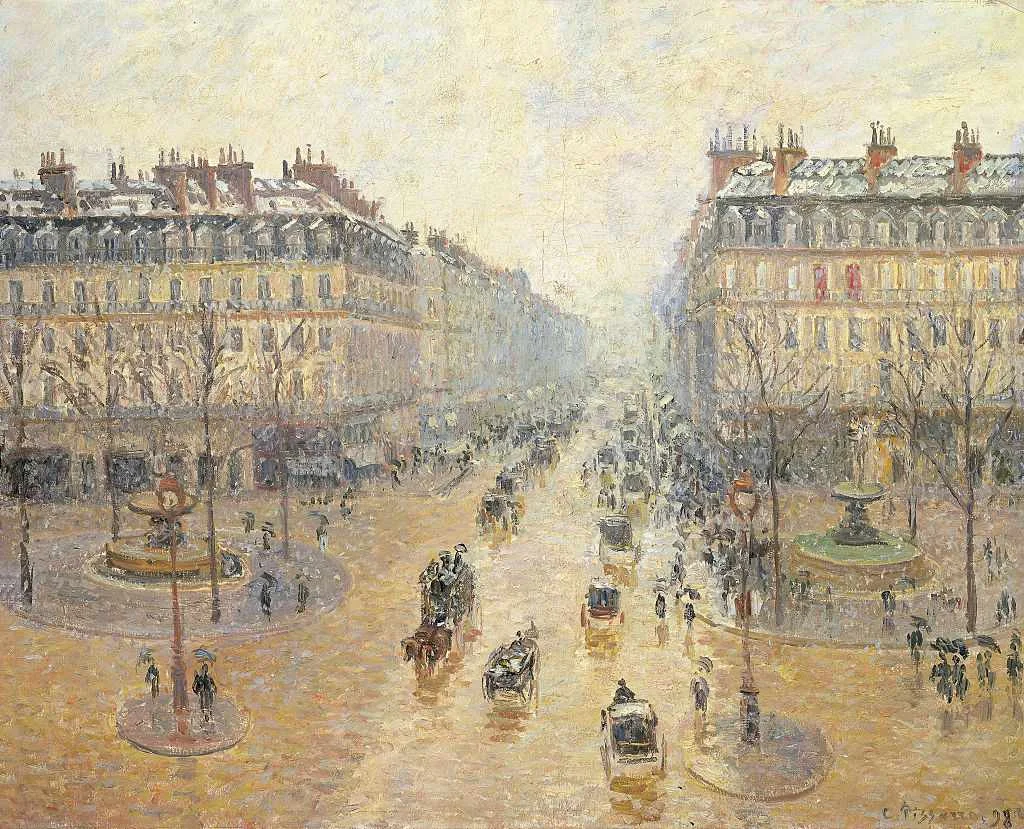
The Impressionist movement emerged in France in the late 19th century and was characterized by a focus on capturing the effects of light and color in the natural world. Impressionist art is known for its loose brushwork, vibrant colors, and depiction of ordinary, everyday scenes. Famous Impressionist artists include Claude Monet, Pierre-Auguste Renoir, and Edgar Degas.
Read Also: Leonardo Da Vinci
![]()

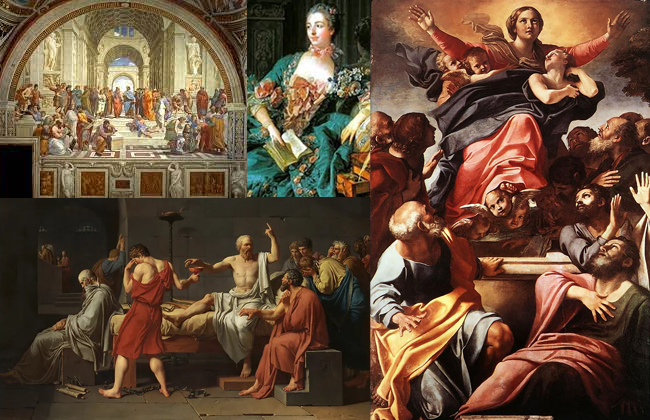
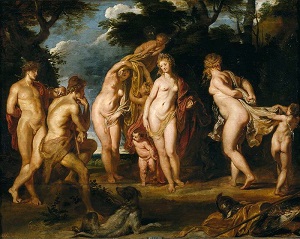
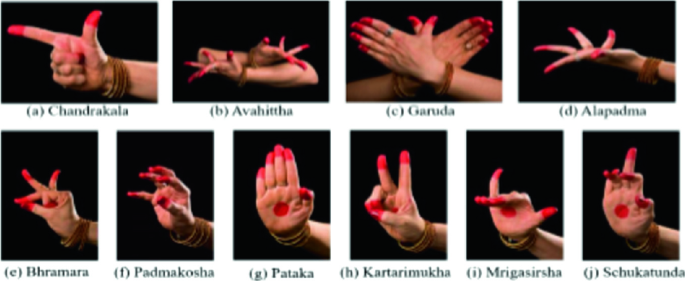


One thought on “Art Styles and Movements”